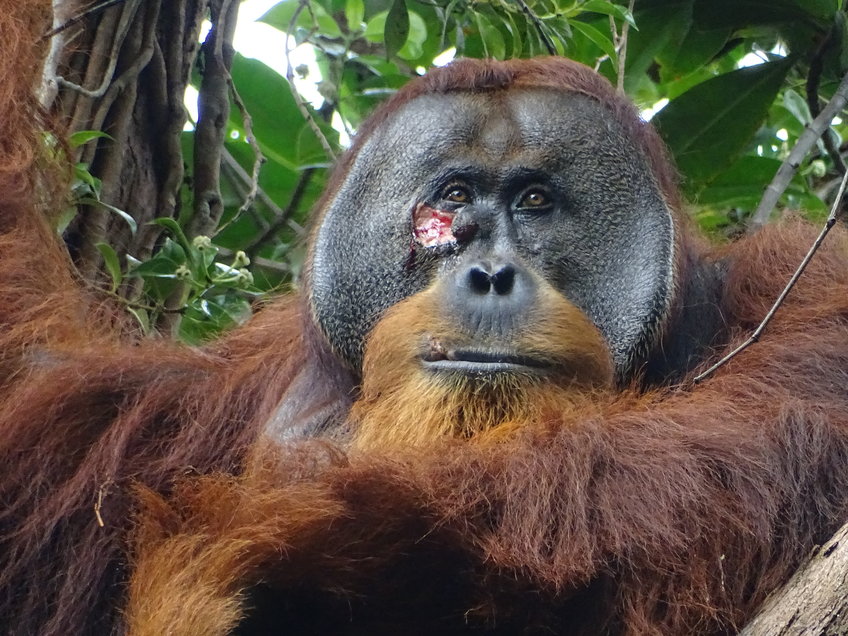Sustainable Pesticide Management in Great Barrier Reef Catchments – An Impossible Dream?
Friends of the Earth today released a short report analysing pesticide data in catchments flowing into the Great Barrier Reef catchments. The pesticide data was sourced from the Queensland Government’s Pesticide Portal and included the results of over 300,000 pesticide tests conducted in some instances for over a decade.
The report can be found at the following link.
https://www.foe.org.au/why_pesticide_regulation_in_queensland_continues_to_fail_its_waterways
The results of these tests were then cross-referenced with ecological guidelines. The results of the information were disturbing revealing widespread breaches to both the highest 99% ecological Default Guideline Values (DGV’s) and 95% ecological DGV’s.
It is also concerning that the Queensland Government allows a lower DGV’s (95%) in waterways draining into the Great Barrier Reef World Heritage Area, rather than 99% which is what FoE recommends.
FoE has determined that there were 22,492 individual breaches to Slightly Disturbed/High Ecological 99% DGV’s and 7,288 individual breaches to Moderately Disturbed 95% trigger levels occurred between late 2011* to March 2023. (*the actual amount is probably much higher as testing did not occur in many locations under several years after 2011).
Key ecological issues in relation to the health and Queensland rivers and waterways relate most significantly to the ongoing mismanagement of: Metolachlor, Diuron, Imidacloprid, Diazinon, Chlorpyrifos, Metsulfuron Methyl, Tebuthiuron, Imazapic and Atrazine.
87.2% of waterways flowing into the Great Barrier Reef, where pesticide testing occurred, had at least one pesticide breaching 99% DGV’s during the entire time that testing was carried out (in some locations for over a decade).
33.3% of waterways regularly breached 95% ecological DGV’s.
The most pesticide detections occurred at Barratta Creek at Northcote north of Ayr.
The highest volume of pesticides detected occurred at Sandy Creek at Homebush (south of Mackay), followed by Barratta Creek.
The highest average pesticide detection was at Coochin Creek, south of Beerwah.
Coochin Creek also recorded the most pesticides (3) breaching the 95% DGV during the length of testing.
The Proserpine River at Glen Isla, Sandy Creek at Homebush and Coochin Creek all had 8 pesticides regularly breaching 99% DGV’s over long periods of time.
Arguably the waterway suffering the worst peaks in pesticide pollution was the Welcome Creek at Gooburrum, mainly because of excessively high detections of the insecticide Diazinon.
The situation at Welcome Creek can be summed up by: Welcome Creek recorded levels of Diazinon 36,000 times over the ANZECC 99% DGV in March 2021. At the same time, Chlorpyrifos was detected at 500 times the 99% DGV, Imidacloprid at 67 times the DGV and Fipronil at 10 times. 8 different pesticides were detected at the same time. How is this sustainable?
This ongoing pollution represents a failure of existing pesticide labels to stop toxic pollutants entering waterways and the GBR itself and represent a continuing embarrassing failure of pesticide regulation in highly sensitive catchments that flow into a World Heritage Area.
Individual detections of Metolachlor breached the 99% ANZECC DGV 5610 times, Diuron 4907 times, Imidacloprid 4147 times, Imazapic 2173 times, Atrazine 1603 times, Isoxaflutole 1109 times, Metsulfuron Methyl 941 times, Hexazinone 862 times and Ametryn 430 times.
In terms of the 95% DGV, the most exceedences were Diuron 2750 times, Imidacloprid 2161 times, Metolachlor 559 times and Metsulfuron Methyl 596 times.





